Cleaning up the waste recycle myth
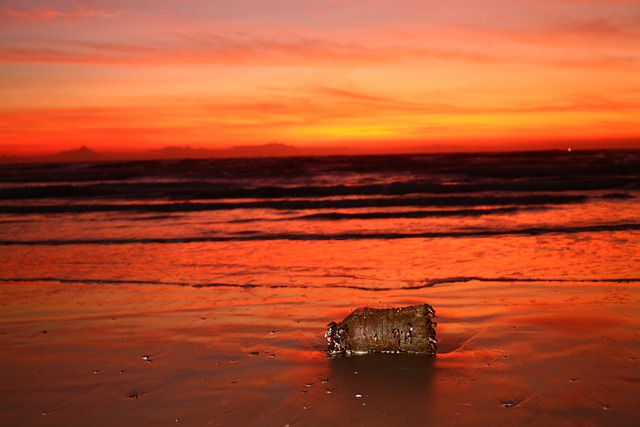
Plastic bottle on the beach, image by Sergei Tokmakov
I have lived in Spain for more than half my life and have seen many changes on all levels. One thing that has really changed is the way we manage household waste.
Years ago you would go up to the street and dump all your garbage into a single container and that was it. Although it took some years to develop the habit, we have learned to separate our garbage so things can be recycled. We are following the rules and have changed how we dispose of our waste.
The organic stuff, collected in the kitchen, is put in a pink pot with a lid standing in the laundry room. Once a week Michael digs it into the soil of the vegetable garden. We have 10 raised plots approximately 2 meters by 3 meters and he applies organic waste to a new field every year or so, avoiding planting anything in that plot for a year after application.
He does this in a rotating process, changing to a new field when the current one is full. The funny thing is that suddenly potatoes, avocados, or tomato plants pop up. Some of these we replant in a new plot.
We have two German supermarket chains, Lidl and Aldi, in Alhaurin de la Torre. Some time ago, they found it was high time to provide biodegradable plastic bags for their clients. We found this a great idea. We had been using our own cotton bags before that, but there are times the cotton net bags are not appropriate.
In this house, old newspapers help with the heating. I even ask friends to collect newspapers for me. We have a small metal hand press in the garage, and we press newspapers that have soaked. The papers will soak for at least 24 hours before being pressed into bricks. I know there are ways to tightly roll newspapers into a log-like appearance as well, but this way has worked well for us.
The drying may take a week or more. Once the paper blocks are made, we place them on a rack to dry in the air. We use them in the fireplace and they burn nearly for 1 hour.
In the garage, we have a big bag hanging, in which all the hard plastic is collected. Items like bottles, caps, meat trays, and other plastic that can be recycled. We also collect all the glass jars and bottles.
We drink at least 1 glass of red wine in the evenings and a lot of our groceries come in glass bottles. You can imagine that by the end of the week, we have quite a collection.
Then there are those things that do not fall into any of these categories. We produce about one small bag of mixed waste a week. Overall, I think our waste management has improved a lot over the years. I believe we are doing a good job helping our environment, but is that really true?
It now seems that even with the best intentions, we have to improve how we dispose of our waste, as otherwise, it is of no use.
An extremely helpful book
For those of you who are not used to bio-waste yet, you will find great tips in the following book. Composting has already become a household word. The bio leftovers from the kitchen, grass clippings, and autumn leaves from the garden, all this enriches the soil. The produce of your vegetable garden will thrive.
What are we doing wrong?
Often, all the different bins waiting on the street for you to throw in the segregated waste ends up in a landfill. This should not be like that, but it seems to happen often. Landfills are harmful to our health, as the following well-known case illustrates.
I live on the Costa del Sol, in the south of Spain. Near the town of Fuengirola is an old urbanization (subdivision) that was built on a landfill. This happened many years ago. It so happens I have a Danish friend who owns a house on this site and has lived there for over 16 years.
She has never felt happy in this house, and her health is not good. The many cats and dogs that shared her life have all had cancer and other health problems. She told me the same happens to all the people and animals living on that street.
Now, everyone knows that they built this urbanization on this old landfill. This landfill was not cleaned up or capped properly, and they built a significant number of houses on top. The issue was hushed up and hidden from the public for a long time.
When you are not careful with your waste and mix things that should not be combined, the recycling facilities often will not take the trouble to separate it. Different classes of waste might damage the machines or slow down the process and that is why it often ends up mixed altogether.
In cases like this, plastic items, glass, and paper may be put in a landfill where it will lie for years all the while releasing toxic chemicals. Many of these items will never degrade.
As you can see in this YouTube video, they do not separate enough waste to allow recycling.
.
.
We can all do better, so here come the things you should be careful with.
Batteries
There are many types of batteries, and they all contain heavy metals and toxic chemicals. We should not throw these into our waste bucket. They cause soil contamination and water pollution.
Lead-acid batteries, like the ones in your car or golf cart, can be recycled. Most often, the vendor selling you a new battery will accept the old one for recycling. They can save the lead.
The ones you find in watches, toys, or medical devices are the silver oxide type and contain a little mercury. The silver and mercury can be recycled, but this would require a large volume to make it profitable.
Lithium-ion or lithium-iron-phosphate batteries contain useful metals such as copper, aluminum, cobalt, nickel, and some rare earth metals. These are valuable metals and need to be saved.
Batteries must not end up in landfills, they need to be recycled so please bring them to the appropriate places in your locality.
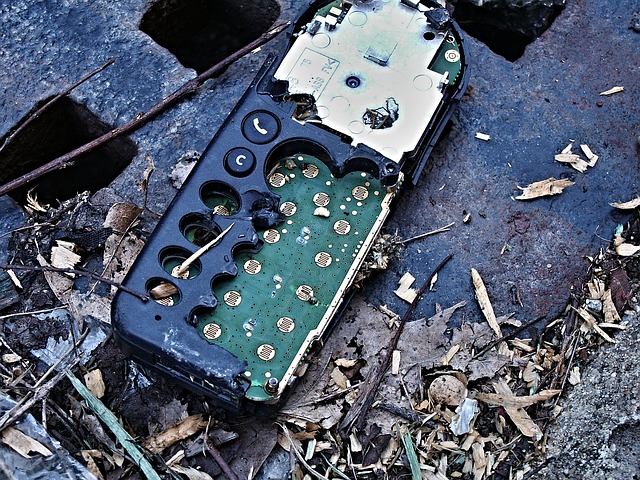
Mobile-phone thrown in the trash, image by Zdenek Chakipsky
Paper towels and tissues
They are made of paper, so actually, they can be recycled. The problem is that after having been used the paper is soiled with kitchen grease, dirt from the floor, or any number of different more disgusting things. This will then contaminate the other recyclables, so they are discarded.
Plastic bags
Plastic bags are bad. Previously, when we got a plastic bag, at least it would get a second use and sometimes multiple uses. Still, there would come the day it would be converted into some kind of garbage bag.
They form a hazard in our environment, especially when they end up in rivers or oceans. These bags do not disintegrate and birds and sea animals can get harmed.
The recycling facilities will not open plastic bags to look at what is inside. So please do not put recyclable items in plastic bags. Those bags can be recycled, but in a different process. There might be a place where you live that accepts plastic bags.
Paper
If you have a chance and nothing important is on it, do not shred paper as it lowers the quality and the facilities will not accept it. Do not try to recycle paper in a plastic bag, as that will stop it from being recycled.
Pizza boxes
Most people love pizza and it is a booming business. Did you know that in the U.S., they sell 3 billion pizzas each year? It seems to be the favorite food for kids between 3 and 11 years of age. These kids prefer it over all other food and would love to eat it for lunch and dinner. No wonder our health is going down the drain.
A pizza box can be recycled, but it has to be clean of food scraps. Otherwise, it will end up in a landfill.
Styrofoam boxes
Scientists have warned it might take a million years to decompose and they are not even sure about this number. It could take much longer. This is not something that should be lying about in the environment and should therefore not be thrown into the garbage bin.
So please take Styrofoam to a place where it is accepted for recycling.
Clothing hangers
In the old-time, they made these hangers of wood. Especially for men’s jackets and coats. They are sturdy and big. Nowadays hangers are usually made of plastic or wire. You should not throw them away, instead, take them to the local dry cleaner. They probably will be well accepted there.
Food containers
In most cases, this is recyclable but please, do not leave food inside. Here at home, they end up in the garage as Michael gives them a second use. They are used for sorting nails, screws, bolts, and many other things.
He uses plastic trays for mixing epoxy for little repair projects and has even found a good way to convert the plastic gallon jugs into storage with handles. Like that, many plastic items will have a second use in the workshop. I use the yogurt containers for my stone collections.

Brown glass bottles, image by NothingbutGraphic
Glass
Not all glass is the same and broken glass or mirrors would be a hazard to the workers in the facility. They recycle bottles and glass jars differently. We collect these glass items and once a month they are taken to the glass collection container on the road.
The distinct light bulbs
The old incandescent bulbs are not available in stores anymore. At home, I still have a small stock of these light bulbs. Then came the energy-efficient Compact Fluorescent Lamp (CFL). The problem with these lamps is that they contain a slight amount of mercury.
These types of lamps form a danger to our environment when they are dumped in a landfill.
If a bulb like that should break in your house, it needs special handling for disposal. I used them in my house, but after realizing the danger if they break, I only use them for outside lamps. You might have to bring the debris to a special place.
I had one of those bulbs in the lamp above my head in my workroom until I read that each time you switch on the light; it frees a small puff of mercury. I changed it to an LED lamp.
Plastic toys
Have you noticed that when shopping for toys, you will hardly find anything that is not made of plastic? Hard plastic, soft plastic, and everything in between. These toys might include different materials like metal pieces, so it may not be possible to recycle them. The best way out is to donate to different charities.
Last but not least Coffee cups
One would think these cups are recyclable, but in most cases, they are not. The culprit is that thin layer of wax that prevents the cup from getting soggy. Starbucks is trying to invent a 100% recyclable cup but has not been successful yet.
That is definitely a good idea as Starbucks uses over 8000 cups a minute. That makes four billion a year.
There is more data to consider and you probably do not think about it. 1.6 million trees are harvested to provide the material to make these cups. So many trees, yet these cups are not recyclable? there is something wrong somewhere.
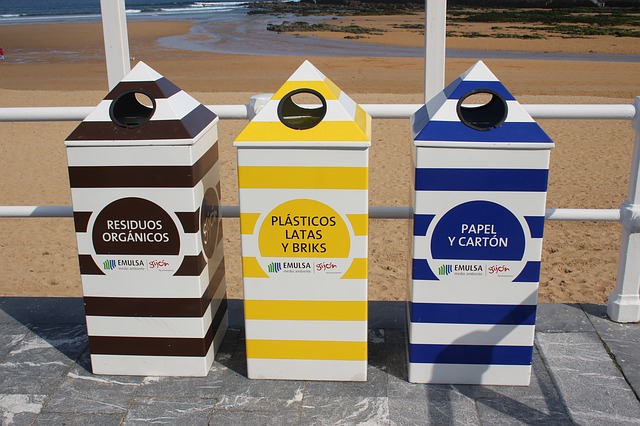
Recycling bins in Spain, image by Lucia Grzeskiewics
Conclusion
The recycling process starts in your own house. Last year, I talked to a young woman in my village. She told me they teach little children from a young age the basics in school. Each week a different child is asked to take care of the waste and is shown in which container on the street the different items should go.
They are told that we should keep our environment clean. I think this is a very good initiative.
I have made a special page for you. Have a look at Recommendations. There is a nice collection of things you might like.
Source: The Alternative Daily article on April 23, 2020, by Hilary Lebow
Photo Source: Pixabay
There are many recent inventions that help to reduce waste. Novel ways to save on plastic. Have a look at the following post, I think it is an interesting concept.
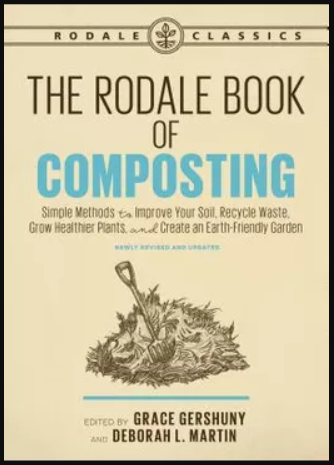
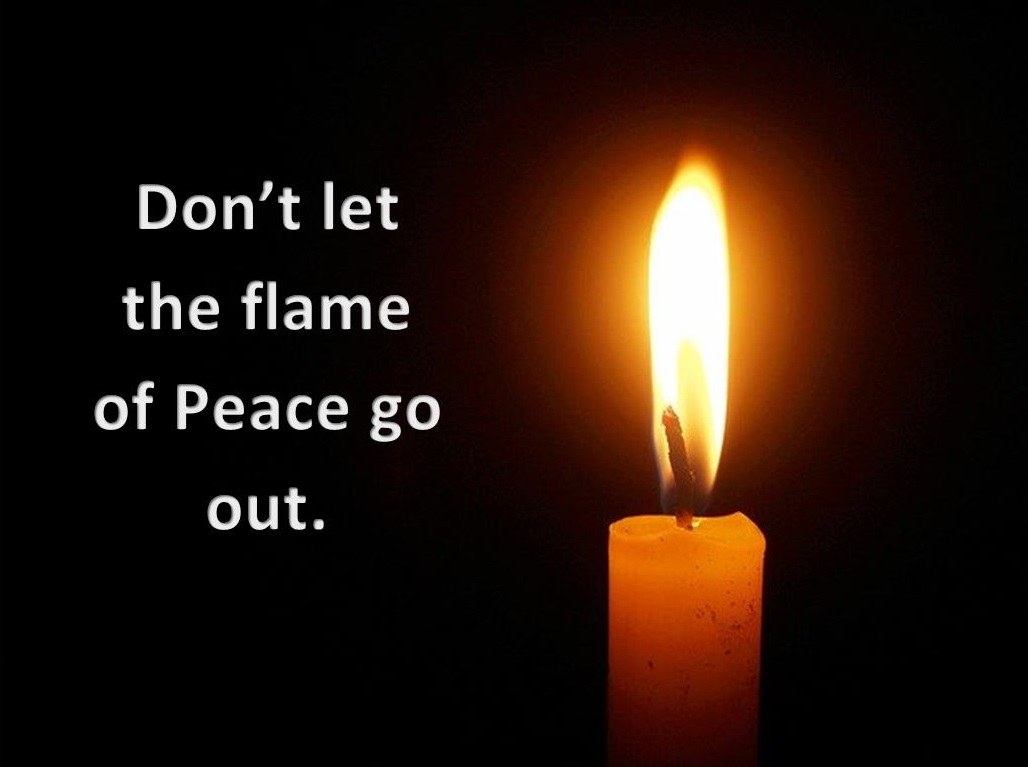
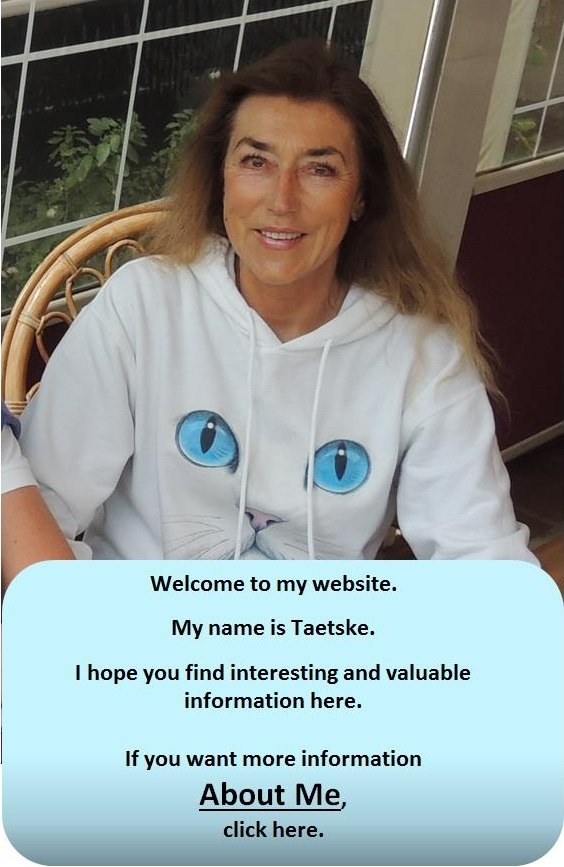




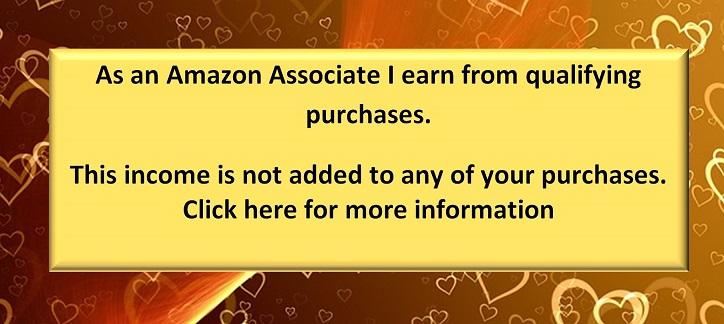
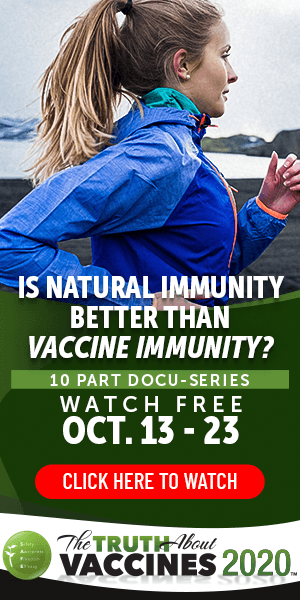
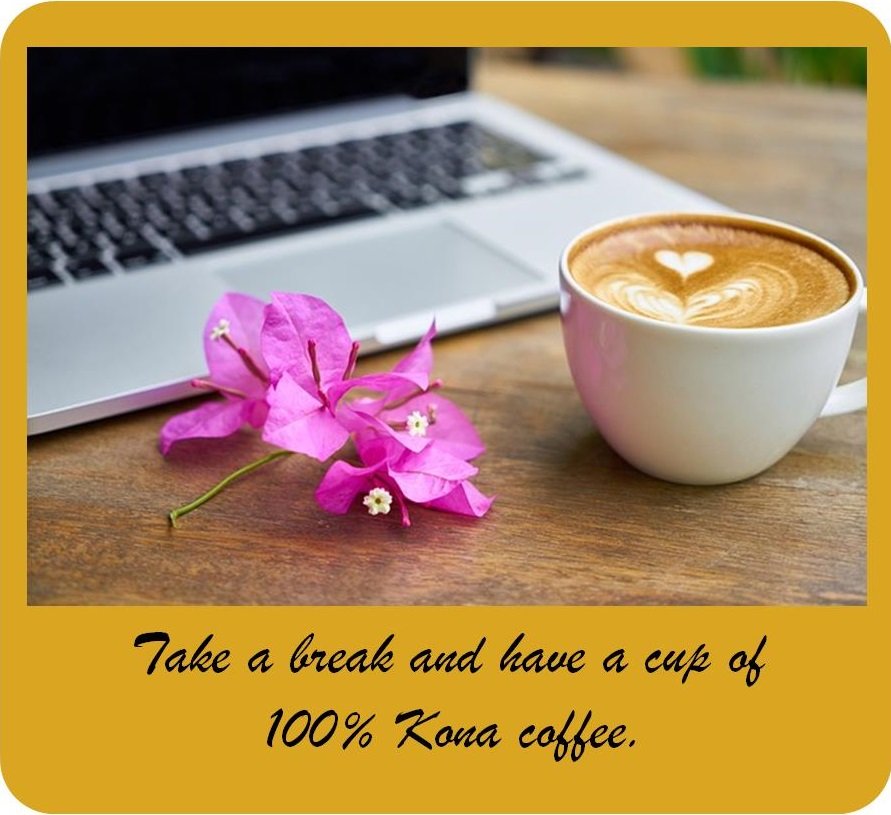
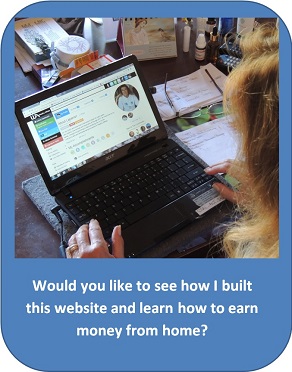
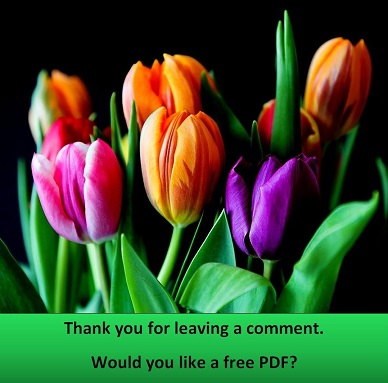
Comments
Todd Matthews
These are all good and simple ways to make use of items even if they can’t be recycled. I loved the move Aldi made and they’re by far the most environmental-friendly bags out there and the other change should adopt them as well if the demand is high enough. I think they eventually will, but more people need to speak up and request them in the checkout lanes.
It’s fascinating to know how easy it is to either recycle used objects or to find another way to make use of them.
Taetske
Good afternoon Todd,
Yes, that was a good move Aldi made. This is also the supermarket that if you wish will sell all the products you need in bio-version. Lidl can only provide 25% of your shopping in bio.
Still a lot of adjustments need to be made with our waste, there is a lot of room for improvement so our environment is not polluted.
Thank you for your visit and your comment. I hope you downloaded your free PDF? Tulip widget.
Regards, Taetske
Pernilla
Hello Taetske!
Great eyeopening post! Very useful tipps! I love the way you are educating on how to take care of ourselves and nature.
Here in Switzerland the recycling is very good organized. However there are always some people around, not taking this serious. I think it is very important, and do my best to reduce my waste and leave it for recycling.
Best wishes,
Pernilla
Taetske
Good afternoon Pernilla,
Nice to see you again. Thank you for your comment, it is appreciated.
I know that Switzerland is a very well organized country and in many aspects we can take it as an example. Here in Spain it is getting better but still a lot needs to be done. As I said in my post we here at our home know we can do better too. One never stops learning.
Regards, Taetske
Michael
So many choices for consumers these days and still we keep playing with the old favorite, Plastic.
I am guilty as the next person I guess because I buy and use many things contained in plastic. What I don’t do is discard them in the street, or throw them out of the car window. I keep a bag in my car for rubbish, and am a bit of a Nazi if someone winds down the window to throw something out.
In my parent’s time most food was packed in glass jars and your grocery shopping was packed in a brown paper bag. Those glass jars became containers for her homemade jams and spreads.
I don’t think we have advanced too much in the way provide products. There is way too much plastic ending up in our oceans killing sea life.
We are waking up though and it is good that people are becoming more aware. Still more needs to be done.
Taetske
Good afternoon Michael,
Thank you for visiting my website and for your comment. I hope you downloaded your free PDF? Tulip widget.
We are definitely being spoiled by so many products you can buy. It is unnecessary to be happy and healthy but companies continuously come up with new things. Most of the time it is not good for our health and on top of it, we wrap it up in plastic.
I think education has to start at home. Parents are examples to their children so it is up to us to make the little ones understand the importance of recycling.
We all have to do our bit. Like that, the world would be a cleaner place.
Regards, Taetske
.